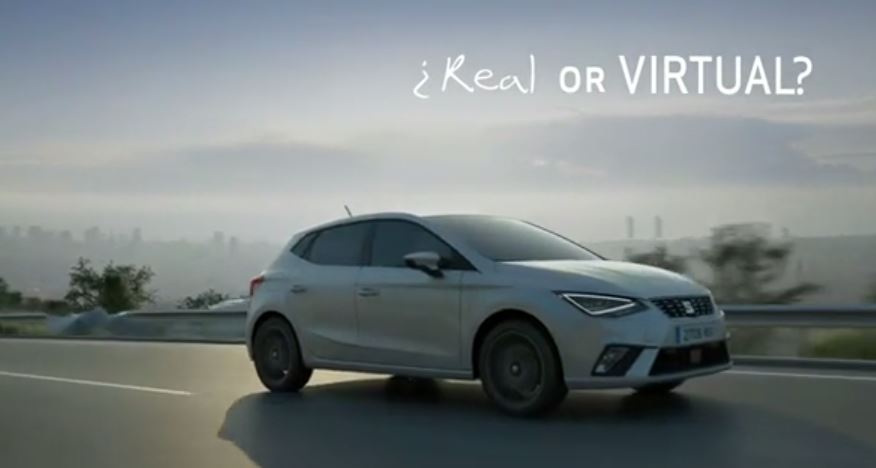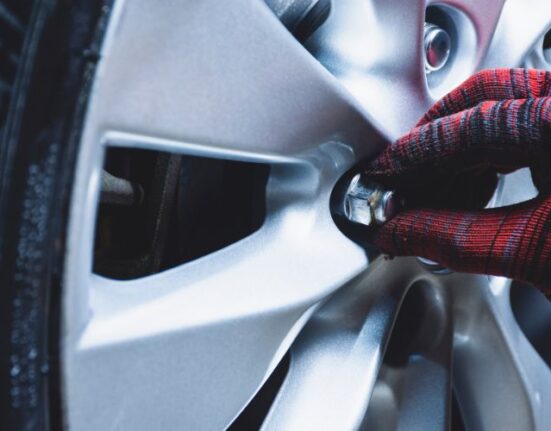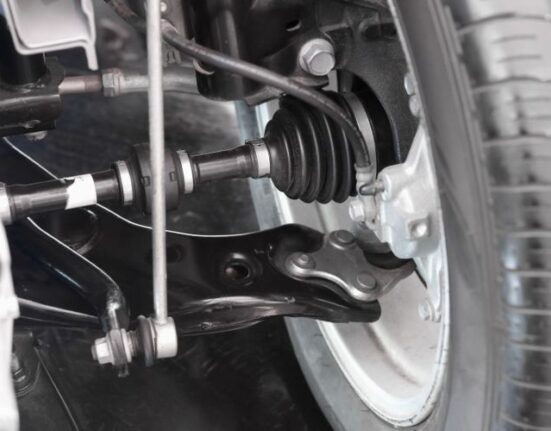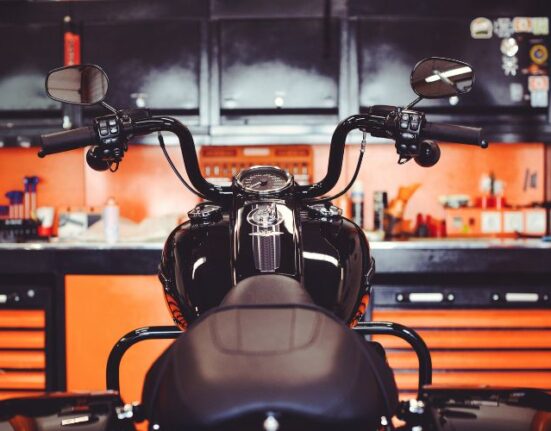- Creative, hand-crafted work and technological breakthroughs such as 3D come together in designing a new model
- A car begins with 2,000 hand-drawn sketches with pencil and paper
- Virtual reality glasses turn the sketches into a three dimensional model
Martorell, 19/05/2017. – Cutting-edge technology and the creativity of a team of 200 designers come together in the design process of a new car. Three-dimensional rendering systems convert the designer’s sketch into a virtual vehicle. However, the hands of a skilled sculptor are still needed to turn an idea into a reality for the first time. These are the steps:
-Pencil, paper and 2,000 sketches: All new cars begin as a pencil drawing on paper. The team of designers come up with up to 2,000 sketches, of which only one is ultimately chosen. Their mission is to define the personality and features of the new model, and they can get ideas based on architecture or fashion. In this sense, a handbag, a pair of shoes or a building can serve as inspiration when designing a seat, for example.
-3D sketches: Aesthetics and creativity should also conform to technical requirements. Thanks to 3D technology and layout programmes, sketches are converted into 3D to make the vehicle design functional.
-Like playing a videogame: By using a programme similar to one that creates videogames or animated films, the ultimate design of the new car can be visualised. Wearing Full HD glasses, the engineers experience their first impressions at the wheel inside the virtual vehicle. Thanks to these techniques, production time is 10 times faster than with traditional processes.
-A life size clay car: A clay model is still necessary to appreciate the full scale volumes of the new car. A sculptor is in charge of transforming 2,500 kilos of clay with a spatula, and a milling tool precisely shapes the silhouette of the future vehicle.
-100 paint formulas for a single colour: Behind the colour palette of a vehicle there is three years of labour to create each shade. In the paint lab, creativity and chemistry combine to achieve the desired hue. Up to 100 formulations are made to come with a colour.
-How does it feel?: Not only does the right shade have to be achieved, but also the textures that the future customer will perceive on the exterior and interior of the car. For this task, graphic designers, textile designers and Fine Arts graduates get together to study the surfaces and define the proposals for doors or dashboards, combining matte and shiny surfaces with different embossed leathers and stitch patterns.
-Fully hand-stitched steering wheel: All the steering wheels are hand-stitched by tailors who rely on a curved needle and skill as their only tools. They design the patterns themselves and use up to 3 km of thread per colour to upholster the seats or handbrake lever by hand. These professionals are a part of the team of 200 people who participate in the design of a car, where craftspeople and specialists in digital recreation techniques work together.

















